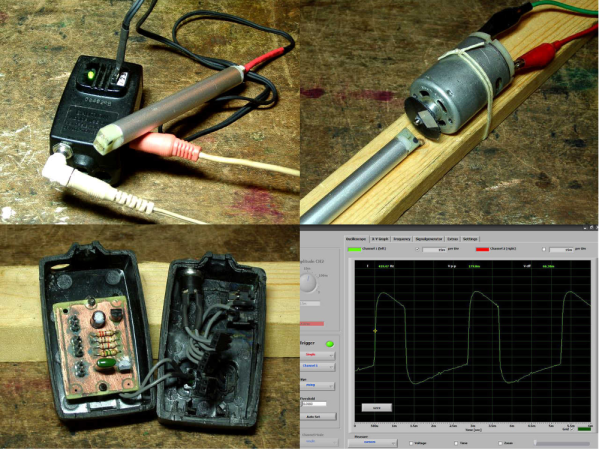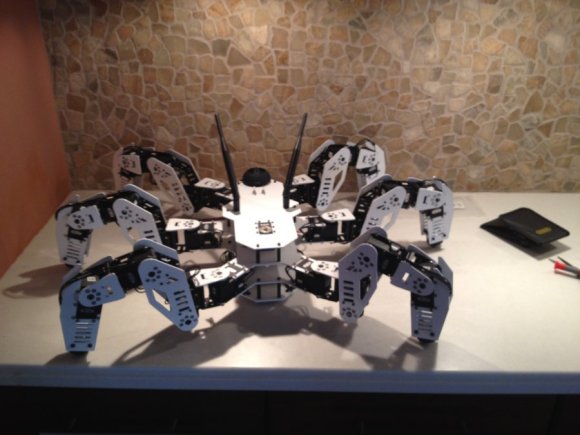
Sometimes we find a project that is so far outside of our realm of experience, it just makes us sit back and think “wow”. This is definitely one of those projects. [Saba] has created a Robotic Foosball set that learns.
[Saba Khalilnaji] is a recent engineering graduate from UC Berkeley, and his passion is robotics. After taking an Artificial Intelligence class during his degree (you can take it online through edX!), he has decided to dabble in AI by building this awesome robot Foosball set.
His “basic” understanding of machine learning includes a few topics such as Supervised Learning, Unsupervised Learning and Reinforcement Learning. For this project he’s testing out a real-world application of Reinforcement Learning using the Markov Decision Process or MDP for short. At an extremely top level description it works by programming an agent to learn from the consequences of its actions in a given environment. There are a set of states, actions, probabilities for given state and action, and rewards for specific state and action sets.
Before we butcher the explanation anymore, check out his blog for more information — and watch the following video.
Continue reading “Robot Foosball Will Kick Your Butt If You Play Slowly”

















